Many HVAC myths lead to higher energy bills and inefficient system performance. Regular maintenance, smart thermostat use, and proper system sizing improve efficiency and prevent costly repairs.
Understanding the truth behind these HVAC myths can help you make better decisions about maintenance, energy efficiency, and long-term system performance. Let’s break down some of the most common HVAC myths and uncover the facts.
Bigger HVAC Systems Are Always Better
Many homeowners believe that a larger HVAC system will provide better heating and cooling. This is one of the most costly misconceptions.
The Truth
- An oversized system short cycles, meaning it turns on and off too frequently.
- This leads to uneven temperatures, increased wear and tear, and higher energy bills.
- A properly sized system runs efficiently and maintains a consistent indoor climate.
Before installing a new HVAC unit, a professional load calculation should be performed to ensure the system is sized correctly for your home.
Closing Vents in Unused Rooms Saves Energy
Many people think that closing vents in rooms they don’t use will reduce energy consumption. The reality is quite the opposite.
The Truth
- Closing vents increases air pressure in the ductwork, making the system work harder.
- This can cause leaks, reduced efficiency, and potential damage to the HVAC system.
- Instead of closing vents, consider installing a zoned HVAC system for better energy management.
Leaving the Thermostat at One Setting Saves Money
A common belief is that setting your thermostat at a constant temperature throughout the day and night will help save energy.
The Truth
- Adjusting the thermostat based on time of day and occupancy can significantly lower energy costs.
- Using a programmable or smart thermostat can optimize energy use without sacrificing comfort.
- The U.S. Department of Energy recommends setting the thermostat lower in winter and higher in summer when you are away from home.
Turning the Thermostat Higher or Lower Heats or Cools Faster
Some homeowners believe that cranking the thermostat up will heat the home faster, or turning it down will cool it quicker.
The Truth
- HVAC systems operate at a consistent rate, so extreme temperature adjustments do not speed up heating or cooling.
- Instead, this can waste energy and put unnecessary strain on the system.
- Setting the thermostat to your desired temperature and allowing the system to work naturally is the best approach.
Duct Tape is Good for Sealing Air Ducts
It’s a common assumption that duct tape is an effective way to seal air leaks in ductwork.
The Truth
- Despite its name, duct tape is not designed for HVAC ductwork and peels off over time due to temperature changes.
- The best way to seal duct leaks is with mastic sealant or aluminum foil tape, which are HVAC-approved materials.
HVAC Maintenance Is Only Needed When Something Breaks
Many homeowners skip routine maintenance, assuming the HVAC system doesn’t need servicing unless there’s a problem.
The Truth
- Regular maintenance prevents breakdowns, improves efficiency, and extends the lifespan of the system.
- Neglecting maintenance can lead to higher energy costs and expensive repairs down the road.
- HVAC professionals recommend bi-annual servicing—once before summer and once before winter.
Portable Heaters Are More Energy-Efficient Than Central Heating
Some homeowners rely on portable space heaters, believing they are cheaper than running a furnace.
The Truth
- Space heaters are not an energy-efficient heating solution for entire homes.
- They consume a lot of electricity, which can increase energy bills.
- Central heating, especially a modern high-efficiency furnace or heat pump, is a better long-term solution.
Thermostat Placement Doesn’t Matter
Many people believe that the location of the thermostat has little impact on HVAC performance.
The Truth
- A thermostat placed near windows, direct sunlight, or heat-producing appliances can cause incorrect readings.
- This can lead to overheating or overcooling, reducing energy efficiency.
- Thermostats should be installed on an interior wall, away from drafts or heat sources for accurate temperature control.
A More Expensive HVAC System Means Better Performance
Some homeowners assume that the more expensive an HVAC unit is, the better it performs.
The Truth
- The best HVAC system is not always the most expensive but rather the one properly suited to your home’s needs.
- Efficiency depends on proper installation, system size, and maintenance rather than price alone.
- A mid-range energy-efficient model with proper maintenance can outperform a costly, oversized system.
What You Can Do to Improve HVAC Efficiency
Now that we’ve debunked these common HVAC myths, here are a few practical steps to optimize your system’s performance.
Schedule Routine Maintenance
- Have your HVAC system serviced twice a year to prevent issues and improve efficiency.
- Replace air filters every 1-3 months to maintain proper airflow.
Upgrade to a Smart Thermostat
- A programmable thermostat can reduce energy use by up to 10% annually.
- Set schedules to adjust temperatures based on occupancy and time of day.
Seal Air Leaks and Improve Insulation
- Proper insulation helps reduce heat loss in winter and heat gain in summer.
- Sealing leaks in ductwork, windows, and doors can improve efficiency.
Consider a Zoned HVAC System
- Zoning allows different areas of your home to be heated or cooled separately.
- This can reduce energy waste and improve comfort in multi-story homes.
Final Thoughts
Believing in common HVAC myths can lead to higher energy bills, reduced efficiency, and costly repairs. By understanding the facts, you can make smarter decisions about your heating and cooling system.
Proper maintenance, smart thermostat usage, and professional installation are key to keeping your HVAC system running efficiently and cost-effectively. If you have concerns about your system’s performance, it may be time for an HVAC inspection or upgrade.










